Best Used Car, Services, Auto Parts, Rent Car Available for Buy and Sell Near By Go Ahead
- Emerging Trends in Farm Equipment for 2025
- 2025 Agricultural Forecast: Key Trends and Predictions for Crop Production in India
- Best Tractors in India 2025: Top 10 Picks for Every Farm Size
- Mini Tractors in India - Features, Prices, and the Best Options
- महिंद्रा मिनी ट्रैक्टर - कीमत, मॉडल, और सुविधाएँ
- Full Review of New Holland 3600-2 TX All Rounder Plus Tractor: Features, Price and Performance
- New Holland 3630 TX Super Plus+ Tractor Review 2025: Features, Price and Performance
- Top 10 Farm Equipment and Tools in India to Boost Agricultural Efficiency
- Exploring Top 10 Tractor Brands for Farming in India
- Key Stakeholders of the Used Tractor Market in India and Sources of Used Tractors
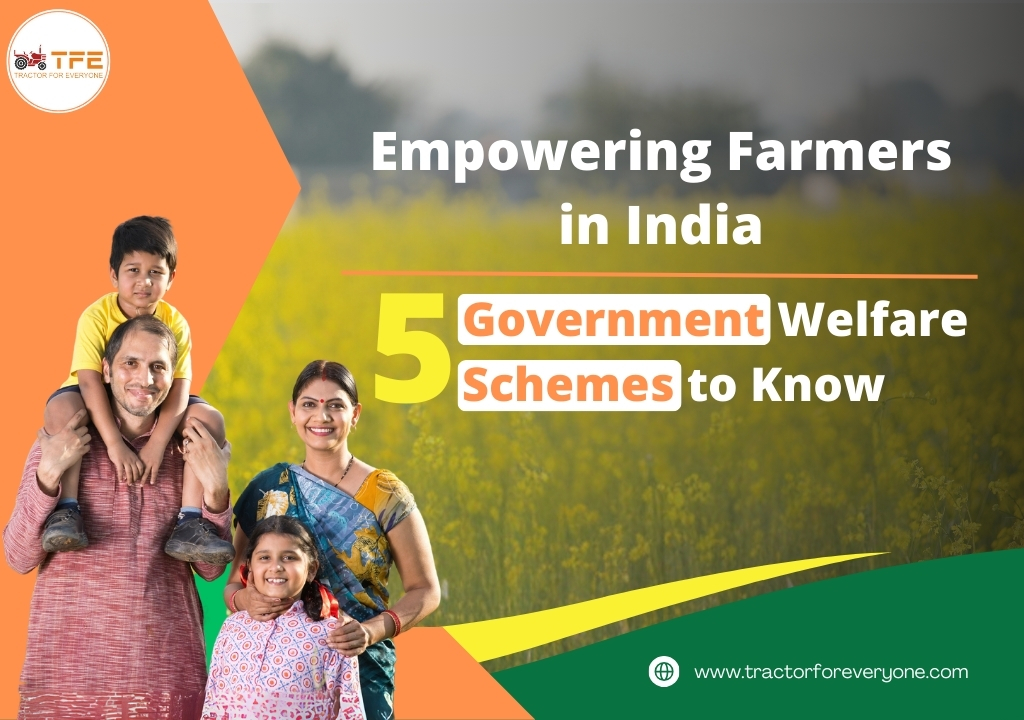
Empowering Farmers in India: 5 Government Welfare Schemes to Know
Farming forms the backbone of India’s economy, employing nearly half the country’s workforce and contributing significantly to its GDP. Despite this, many farmers face financial hardships, climate challenges, and market volatility.
To address these issues, the Government of India has introduced welfare schemes aimed at improving farmers’ livelihoods and promoting sustainable agriculture. Let’s explore five key initiatives that have been instrumental in transforming the lives of farmers.
1. Pradhan Mantri Kisan Samman Nidhi (PM-KISAN)
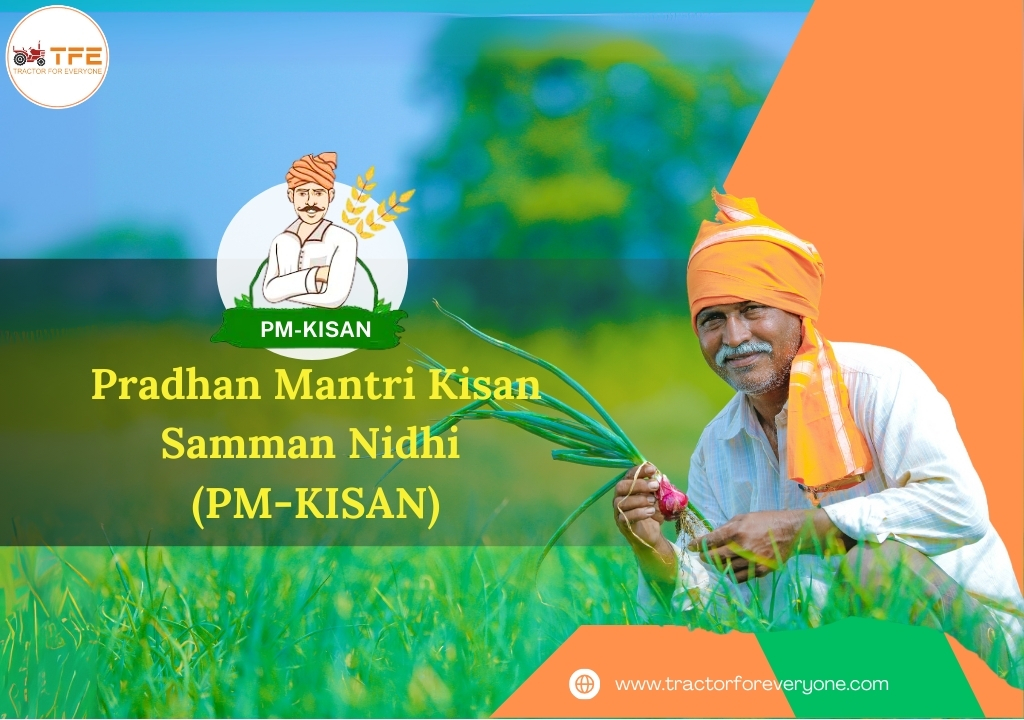
Introduced in February 2019, PM-KISAN is a flagship scheme that provides financial support to small and marginal farmers. Under this scheme, eligible farmers receive ₹6,000 per year in three equal installments, directly credited to their bank accounts.
Key Features - Pradhan Mantri Kisan Samman Nidhi (PM-KISAN):
- Eligibility: Farmers owning cultivable land. However, institutional landholders and income taxpayers are excluded.
- Direct Benefit Transfer (DBT): Ensures transparency and timely disbursement.
Impact:
- By December 2024, over 11 crore farmers have benefited from the scheme.
- It has reduced farmers' dependency on informal loans and supported their agricultural investments.
Common Questions:
-
How can I register?
Farmers can register through the PM-KISAN portal or their nearest Common Service Centre (CSC). Land records and Aadhaar details are required.
-
How does the scheme support farmers?
It provides much-needed liquidity for purchasing seeds, fertilisers, and other inputs.
2. Pradhan Mantri Fasal Bima Yojana (PMFBY)
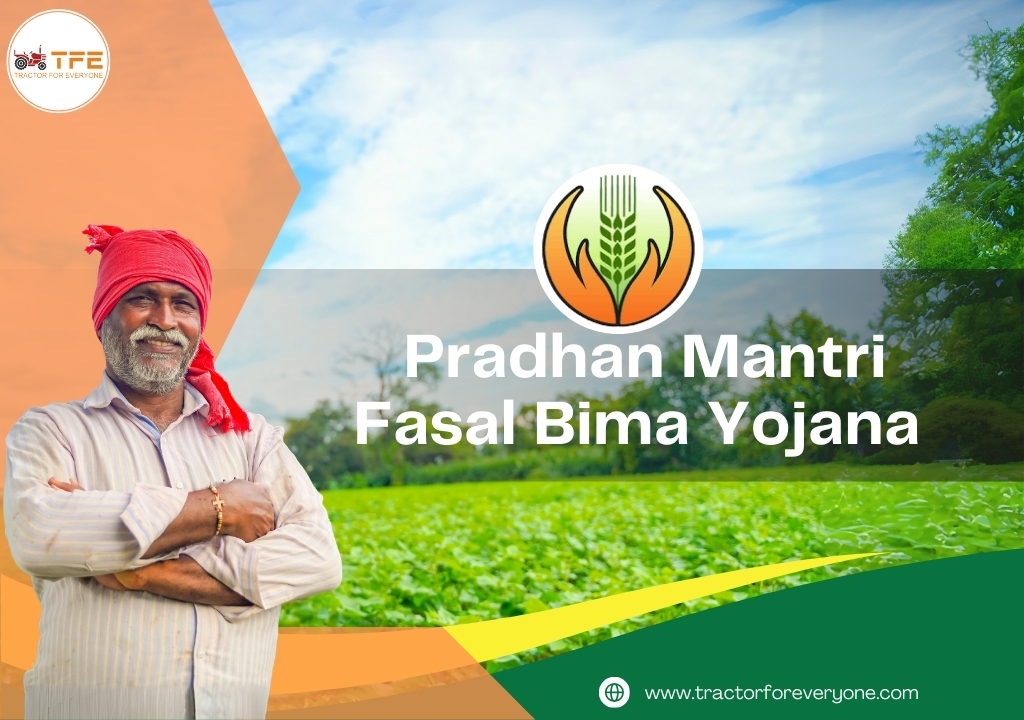
Launched in 2016, PMFBY is a crop insurance scheme designed to protect farmers against crop losses due to natural calamities, pests, or diseases.
Key Features - Pradhan Mantri Fasal Bima Yojana (PMFBY):
- Low Premium: Farmers pay only 2% for Kharif crops, 1.5% for Rabi crops, and 5% for commercial crops.
- Coverage: Includes pre-sowing to post-harvest losses.
- Technology Integration: Use of remote sensing and drones for accurate assessment of crop damage.
Impact:
- Over 36 crore farmer applications have been covered since inception.
- It has helped farmers recover from unpredictable weather events, like unseasonal rains and droughts.
Common Questions:
-
How to claim insurance?
Farmers can file claims through their insurance company or state agriculture department, supported by proof of loss.
-
What are the exclusions?
Losses due to negligence or deliberate damage are not covered.
Also Read: The Road to 2047: Transforming Indian Agriculture for a Sustainable Future
3. Pradhan Mantri Kisan Maan-Dhan Yojana (PM-KMY)
.jpg)
PM-KMY is a pension scheme launched in 2019 for small and marginal farmers, ensuring financial security post-retirement.
Key Features - Pradhan Mantri Kisan Maan-Dhan Yojana (PM-KMY):
- Monthly Pension: Provides a fixed pension of ₹3,000 per month after the age of 60.
- Voluntary Contribution: Farmers contribute as little as ₹55 to ₹200 monthly, depending on their entry age.
- Government Contribution: Matches the farmer’s contribution.
Impact:
- By 2024, 25 lakh farmers have enrolled in the scheme, ensuring a stable income in their later years.
Common Questions:
-
Who can join?
Farmers aged 18-40 years with less than 2 hectares of landholding are eligible.
-
What happens if a farmer exits early?
Contributions are refunded with savings bank interest.
4. Soil Health Card Scheme
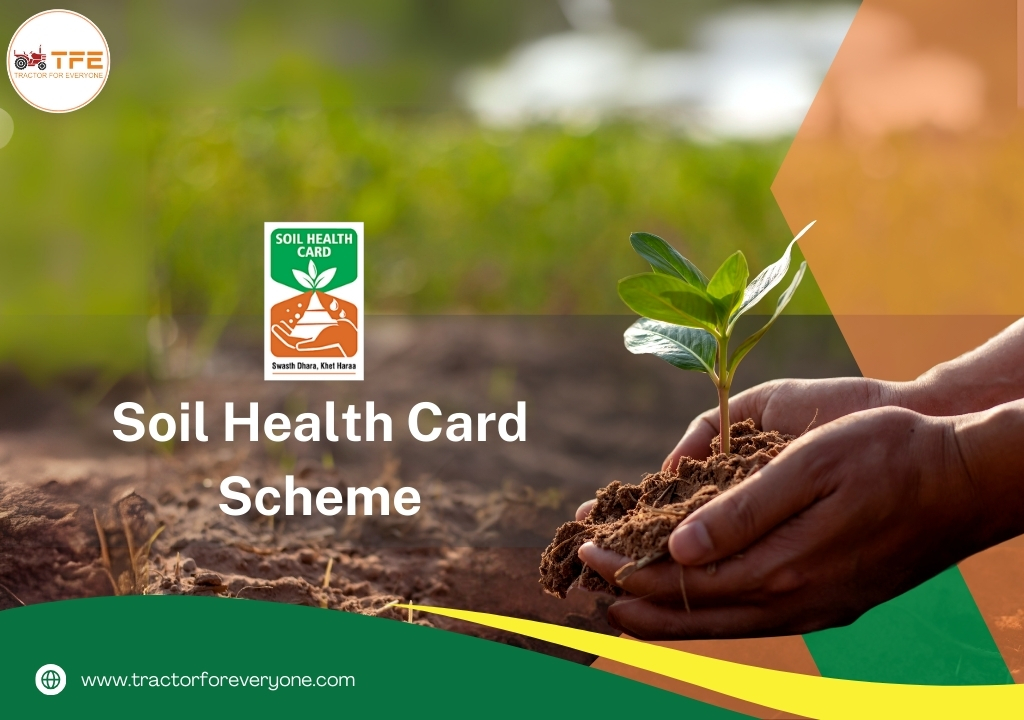
Launched in 2015, this scheme aims to enhance soil quality and promote balanced fertiliser use by providing farmers with detailed soil health reports.
Key Features - Soil Health Card Scheme:
- Soil Testing: Free testing of soil samples.
- Customised Advice: Recommendations on nutrient management based on the soil health report.
- Validity: Each card is valid for three years.
Impact:
- Over 23 crore soil health cards have been distributed across the country.
- Balanced fertiliser usage has improved soil fertility and crop productivity.
Common Questions:
-
How to get a soil health card?
Farmers can contact their nearest agriculture department office or Krishi Vigyan Kendra (KVK).
-
Why is it important?
Balanced fertiliser use not only boosts yield but also reduces production costs.
5. e-NAM (National Agriculture Market)
.jpg)
The e-NAM initiative, launched in 2016, is a digital platform that connects farmers to buyers, enabling transparent and efficient agricultural trade.
Key Features - e-NAM (National Agriculture Market):
- Online Trading: Facilitates online bidding for agricultural produce.
- Unified Market: Integrates over 1,260 mandis across 22 states and union territories.
- Price Discovery: Ensures competitive pricing for farmers.
Impact:
More than 1.75 crore farmers and 2 lakh traders are registered on the platform.
Farmers have experienced better price realisation for their produce.
Common Questions:
-
How to access e-NAM?
Farmers can register through the e-NAM portal or app using their Aadhaar and bank details.
-
What are the benefits?
Eliminates middlemen and increases profitability.
Why These Schemes Matter
Farmers searching for welfare schemes often face questions about eligibility, benefits, and how to apply. These schemes address critical areas such as income support, crop protection, financial security, soil health, and market access.
By understanding and utilising these initiatives, farmers can:
- Reduce their financial risks.
- Enhance crop productivity.
- Secure better prices for their produce.
Additional Schemes to Explore
While the five schemes highlighted above are significant, there are other noteworthy programmes:
- Kisan Credit Card (KCC): Provides short-term credit at subsidised interest rates.
- Paramparagat Krishi Vikas Yojana (PKVY): Promotes organic farming.
- Rashtriya Krishi Vikas Yojana (RKVY): Funds agricultural innovation and infrastructure.
Challenges Farmers Face
Despite these initiatives, challenges persist, such as lack of awareness, bureaucratic hurdles, and limited digital literacy. Addressing these issues requires collaboration between government agencies, local bodies, and civil society.
Comprehensive Approach to Farmers' Welfare
Empowering farmers is not just about implementing schemes but ensuring they are accessible and beneficial. By promoting awareness and ease of access, these initiatives can truly transform agriculture in India.
Collaboration between government agencies, local bodies, and farmers is essential to maximise their impact. Creating user-friendly interfaces, simplifying registration processes, and spreading information through local channels can bridge the gap between schemes and beneficiaries.
Final Thoughts
Empowering farmers is crucial for India’s growth and food security. By leveraging these welfare schemes, farmers can overcome challenges and improve their quality of life. If you’re a farmer or know someone in agriculture, explore these schemes to unlock their full potential and contribute to a resilient agricultural sector in India.
Each step taken to empower farmers contributes not only to their individual prosperity but also to the nation's economic and social well-being. It’s time we support our farmers in accessing these benefits and building a stronger agricultural foundation for the future.
Frequently Asked Questions (FAQs)
1. What are the primary objectives of these schemes?
Ans: The key objectives are to provide financial aid, protect crops, ensure income security, improve soil health, and facilitate better market access for farmers.
2. Are these schemes available to all farmers?
Ans: Most schemes target small and marginal farmers, though some, like PMFBY, are open to all. Eligibility criteria vary for each scheme.
3. How can farmers stay updated about new schemes?
Ans: Farmers can stay informed through government portals, mobile apps, local agricultural offices, or Krishi Vigyan Kendras (KVKs).
4. What steps are being taken to increase awareness?
Ans: The government conducts awareness campaigns, uses digital platforms, and engages local bodies to spread information about these schemes.
5. Can farmers enrol in multiple schemes simultaneously?
Ans: Yes, farmers can benefit from multiple schemes if they meet the eligibility criteria for each.
Write a Comment
Popular Blogs
-
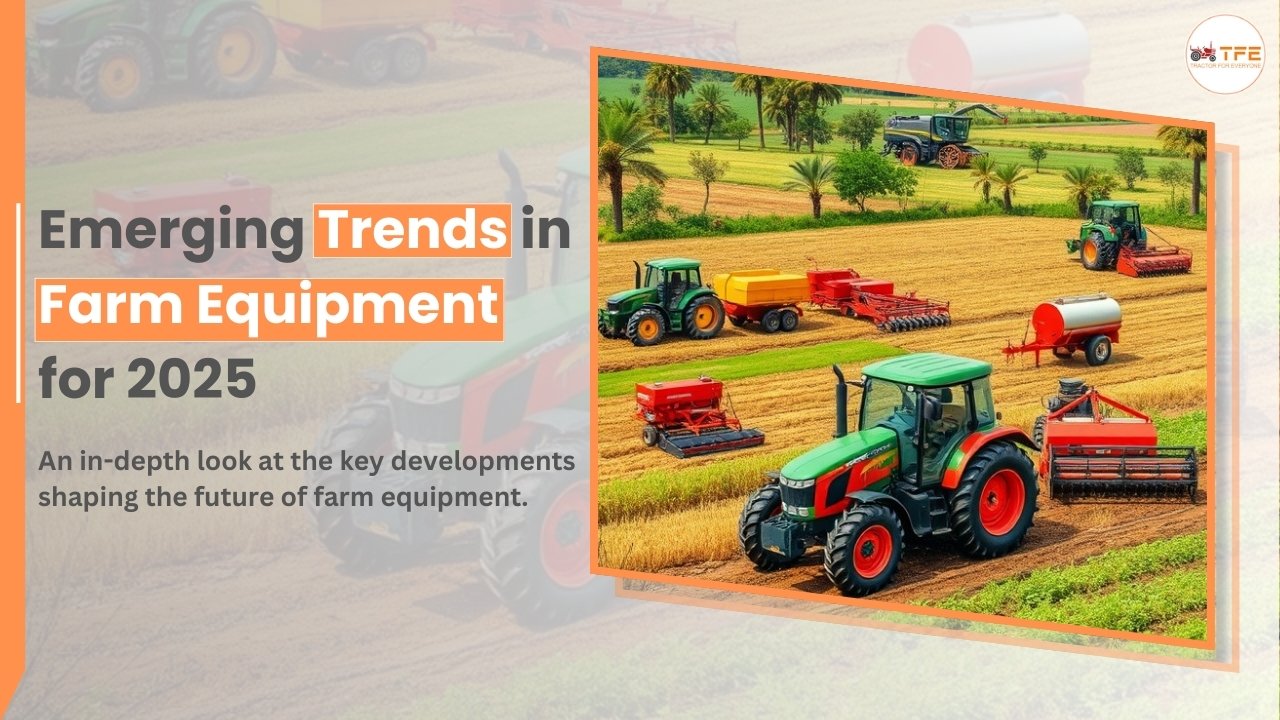
Emerging Trends in Farm Equipment for 2025
12/12/2024, POSTED BY ADMIN -
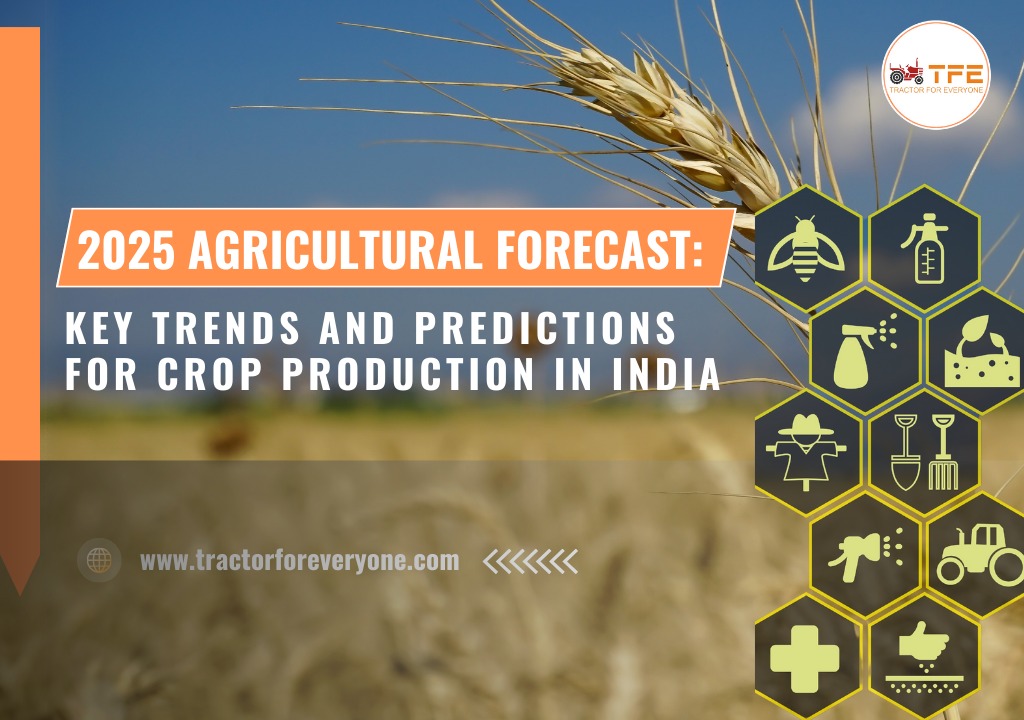
2025 Agricultural Forecast: Key Trends and Predictions for Crop Production in India
12/11/2024, POSTED BY ADMIN -
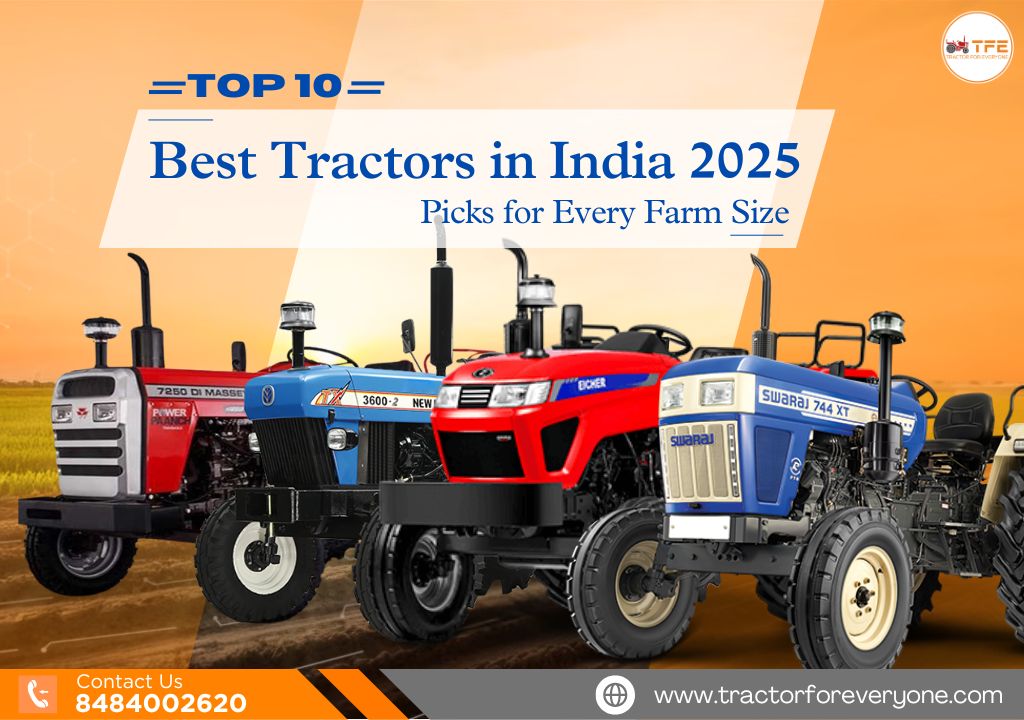
Best Tractors in India 2025: Top 10 Picks for Every Farm Size
05/29/2025, POSTED BY ADMIN -
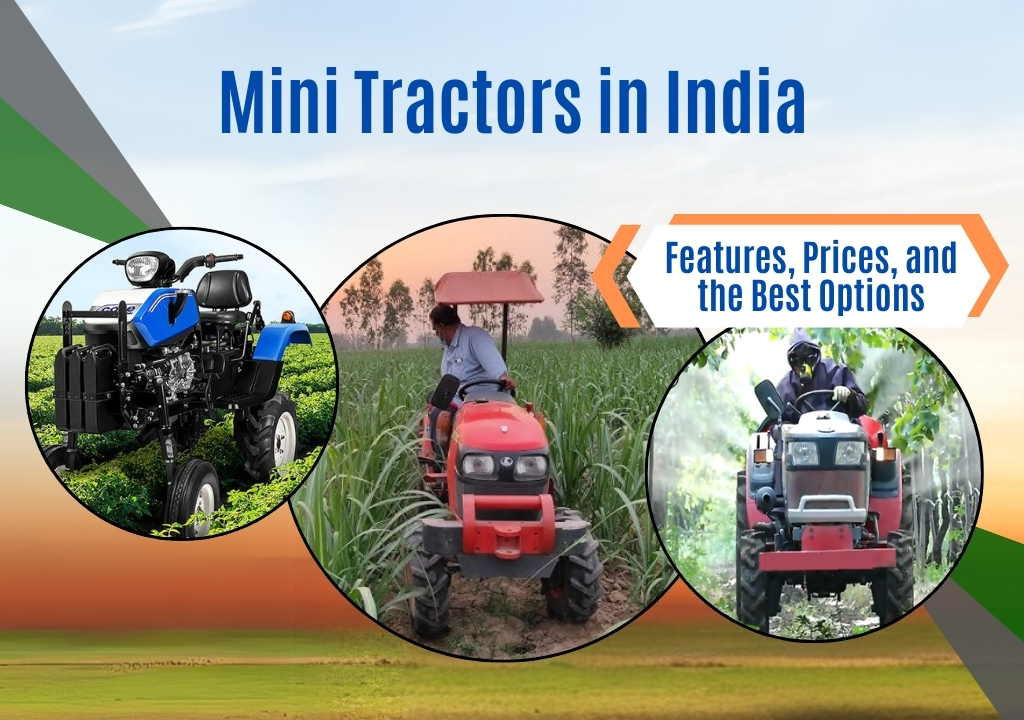
Mini Tractors in India - Features, Prices, and the Best Options
02/06/2025, POSTED BY ADMIN -
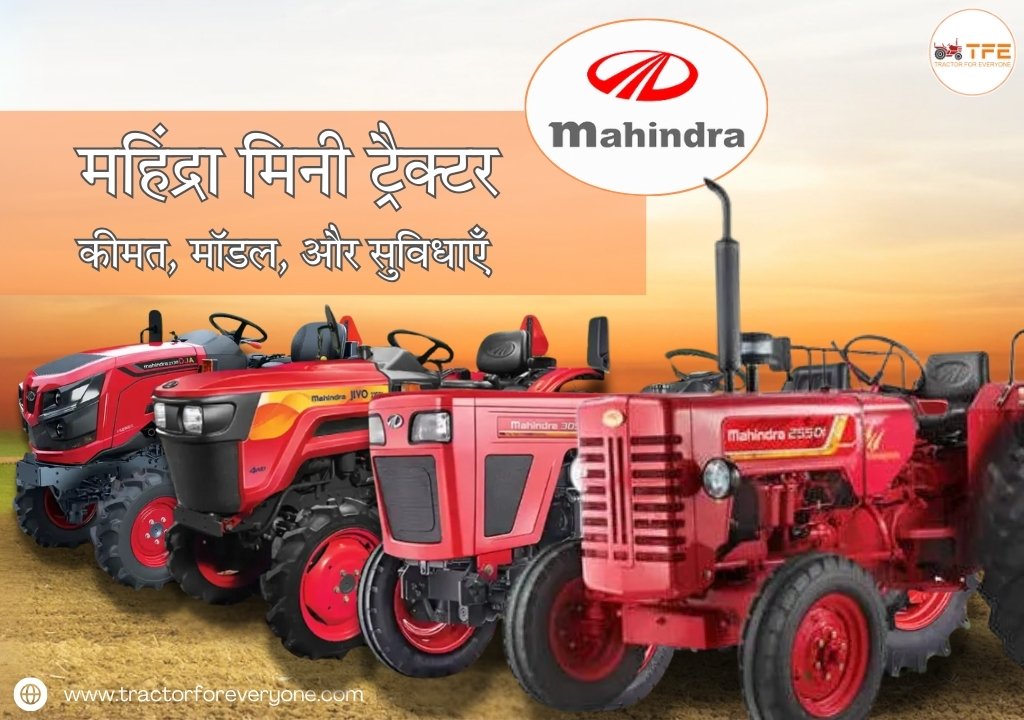
महिंद्रा मिनी ट्रैक्टर - कीमत, मॉडल, और सुविधाएँ
02/18/2025, POSTED BY ADMIN

